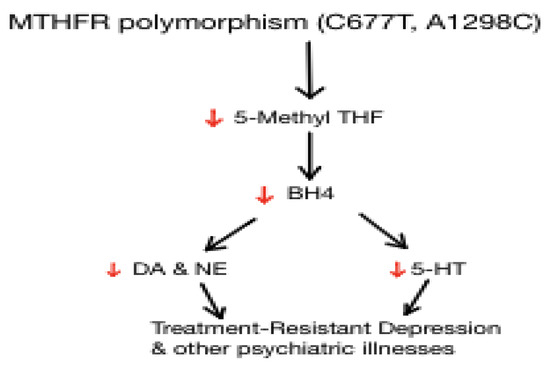
Laduviglusib (CHIR-99021) New Laduviglusib (CHIR-99021, CT99021) is a GSK-3 and GSK-3 inhibitor with IC50 of 10 nM and 6.7 nM, respectively. Altogether, this study generated third-generation mTOR inhibitors that may overcome drug-resistance mutations associated with first- and second-generation inhibitors, guide future bivalent kinase inhibitor design, and warrant further clinical development. MHY1485 is a potent, and cell-permeable mTOR activator, and also potently inhibits autophagy. By inhibiting signal III, the mechanism of action and side effects of sirolimus (rapamycin) and its derivative RAD. In contrast to other macrolides, such as tacrolimus and cyclosporine A, they do not inhibit calcineurin and thus signal I of T-cell activation. Further, it maintained activity in both rapamycin-resistant and AZD8055-resistant xenografts. Inhibitors of the mammalian target of rapamycin are a new class of immunosuppressants. The resulting inhibitor, RapaLink-1, inhibited phosphorylation of mTORC1 and mTORC2 targets and suppressed breast cancer cell growth. mtor inhibitors are a class of drugs that inhibit the mechanistic target of rapamycin (mtor), which is a serine/threonine-specific protein kinase that belongs to the family of phosphatidylinositol-3 kinase (pi3k) related kinases (pikks). Binding of the proposed inhibitor to one site would bring it in close proximity to the second site, potentially overcoming mutations that reduce drug binding or hyperactivate the kinase. A molecular model revealed the juxtaposition of the rapamycin and AZD8055 binding sites, prompting development of a bivalent mTOR inhibitor with the rapamycin–FRB binding element linked to a second-generation inhibitor. Moreover, M2327I and other hyperactivating mutations were identified in drug-naïve patients with multiple tumor types. In contrast to rapamycin-resistance mutations, M2327I increased the kinase activity of mTOR, suggesting the mutation confers a growth advantage by hyperactivating mTOR. Further, wild-type and M2327I mTOR had similar affinities for AZD8055, suggesting a resistance mechanism independent of reduced drug binding. The FRB domain mutations targeted the rapamycin-binding pocket however, the MTOR M2327I mutation was more than 15 Å from the inhibitor site. Deep sequencing of breast cancer cells treated with rapamycin or AZD8055 to generate resistant colonies revealed two mutations ( MTOR A2034V and MTOR F2108L) in the mTOR FKBP12–rapamycin-binding domain (FRB domain) of rapamycin-resistant clones, and a mutation ( MTOR M2327I) in the kinase domain of MTOR of the AZD8055-resistant clones. Rodrik-Outmezguine, Okaniwa, Yao, and colleagues explored the resistance mechanisms of available mTOR inhibitors in order to develop third-generation mTOR inhibitors that may overcome the resistance mechanisms. First-generation allosteric mTOR inhibitors (including rapamycin) have had limited success in cancer, and second-generation mTOR kinase inhibitors (including AZD8055) are in clinical trials.


The PIK3CA–AKT–mTOR pathway is commonly activated in cancer thus, mTOR inhibitors have potential in precision medicine.


 0 kommentar(er)
0 kommentar(er)
